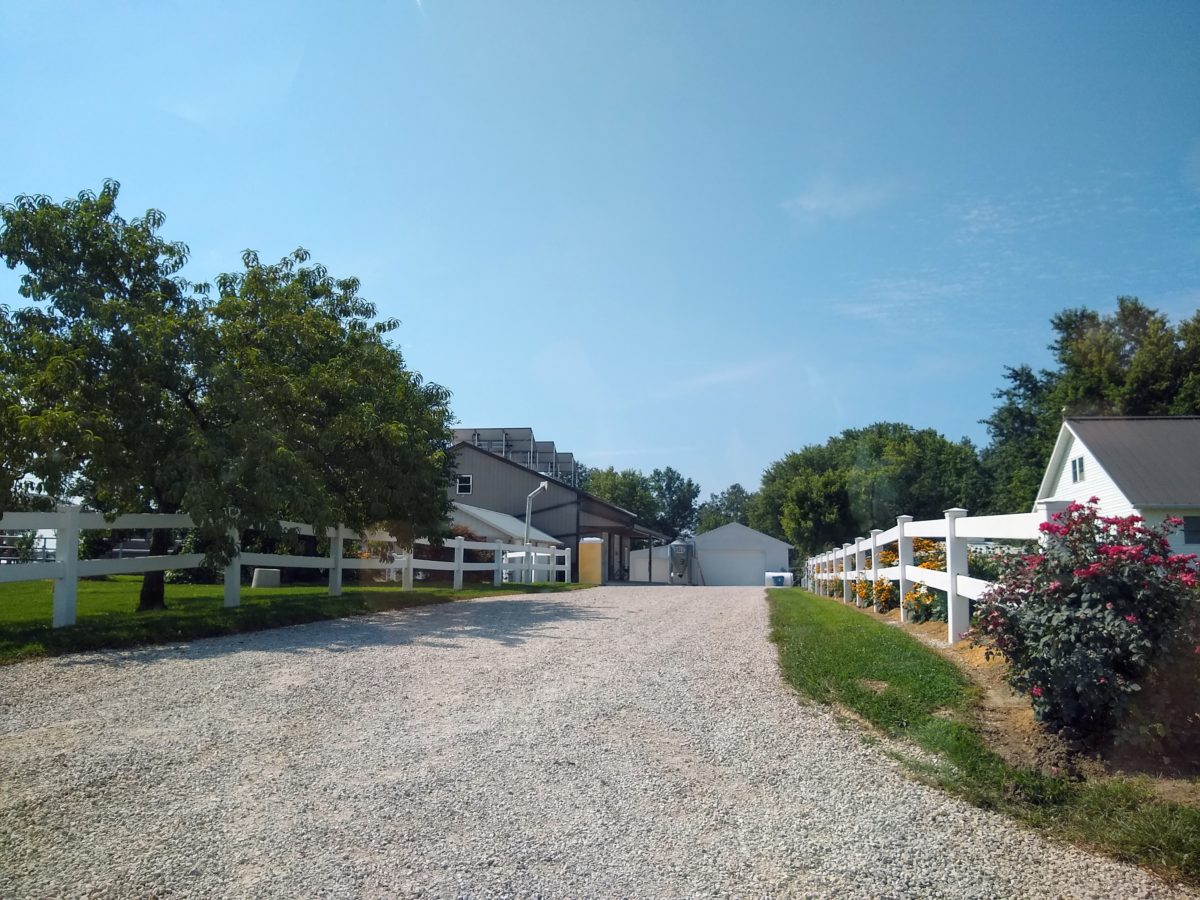Author: Shawn
-

Meeting Parts Names
|
Filed in Words of the WeekThe midweek meeting format was updated in January 2024. Here are the names of the sections and parts in Pennsylvania Dutch.
-

Time Words and Verb Order
|
Filed in Language TipsWhen a sentence starts with a time word or phrase, the first verb jumps in front of the subject.
-
missa nett and daufa nett
|
How do you say that something ‘must not’ be done in Pennsylvania Dutch? It’s ‘missa nett’…, right? Actually, it’s ‘daufa nett’. Why?
-
patient and geduldich
|
When do you use patient and geduldich in Pennsylvania Dutch? When would you use patience and geduld?
-
Figures of Speech: Walking and Running
|
Pennsylvania Dutch uses some figures of speech that involve walking and running that are similar to English — how are they different?
-
shpringa and shprenga
|
What’s the difference between the Deitsh words shpringa and shprenga? Both of the words shpringa and shprenga are verbs (action words) that mean to run. Shpringa verb = to run (as in movement, or to work and function) Shprenga verb = to run (as in to operate something else) ℹ See also the Pennsylvania Dutch…
-

Daviess County, Indiana
|
If you travel to Daviess County or meet someone from here, the first thing that will stand out is their strong southern accent. But you will also notice some other differences.
-
yau and yo
|
There’s more that one way to say ‘yes’ in Pennsylvania Dutch. Learn how and when to use ‘yau’ and ‘yo’.
-

nevlich and dufftich
|
Both nevlich and dufftich are adjectives (description words) that mean foggy.
-
mayna, ohgukka, da view
|
All 3 words mean ‘view’ in English, but how do you use mayna, ohgukka, and da view?